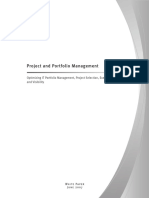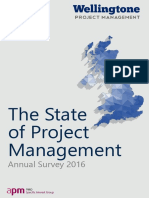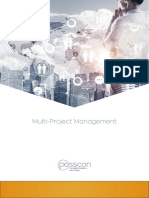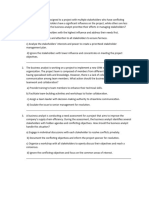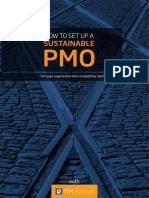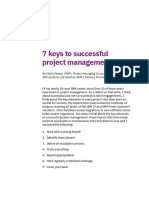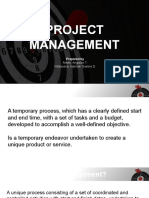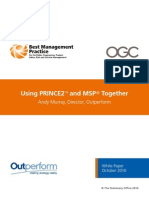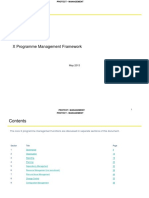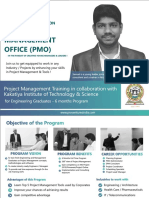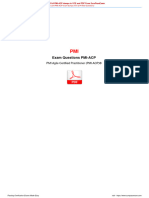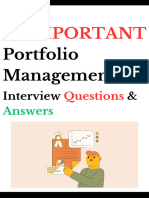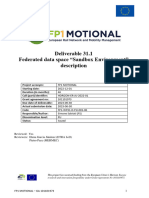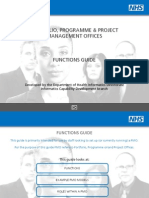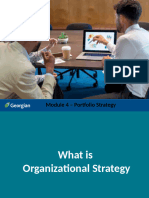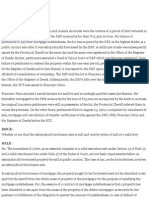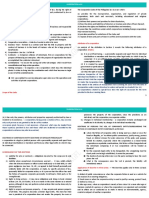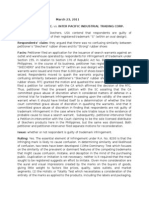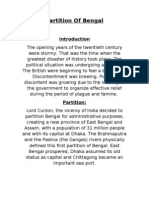0% found this document useful (0 votes)
397 views19 pagesProject, Program and Portfolio Management
Here are 3 examples of IT projects:
1. Developing a new customer relationship management (CRM) system for a large telecommunications company. This would require coordinating multiple teams such as development, testing, training, etc. across a long timeline.
2. Migrating an organization's email and file servers to a new cloud-based infrastructure. This involves detailed planning, testing, and change management to transition users to the new systems and decommission the old ones.
3. Upgrading an organization's enterprise resource planning (ERP) system. A major software upgrade like this requires meticulous testing and user acceptance testing to ensure all business processes continue to function as expected. Any disruptions could significantly impact operations.
Uploaded by
SYED ZOHAIB HAIDARCopyright
© © All Rights Reserved
We take content rights seriously. If you suspect this is your content, claim it here.
Available Formats
Download as PDF, TXT or read online on Scribd
0% found this document useful (0 votes)
397 views19 pagesProject, Program and Portfolio Management
Here are 3 examples of IT projects:
1. Developing a new customer relationship management (CRM) system for a large telecommunications company. This would require coordinating multiple teams such as development, testing, training, etc. across a long timeline.
2. Migrating an organization's email and file servers to a new cloud-based infrastructure. This involves detailed planning, testing, and change management to transition users to the new systems and decommission the old ones.
3. Upgrading an organization's enterprise resource planning (ERP) system. A major software upgrade like this requires meticulous testing and user acceptance testing to ensure all business processes continue to function as expected. Any disruptions could significantly impact operations.
Uploaded by
SYED ZOHAIB HAIDARCopyright
© © All Rights Reserved
We take content rights seriously. If you suspect this is your content, claim it here.
Available Formats
Download as PDF, TXT or read online on Scribd
/ 19







